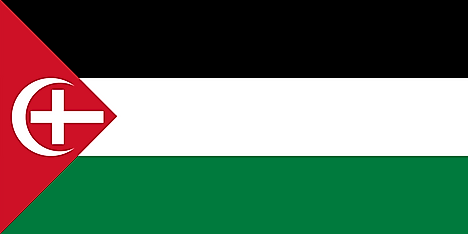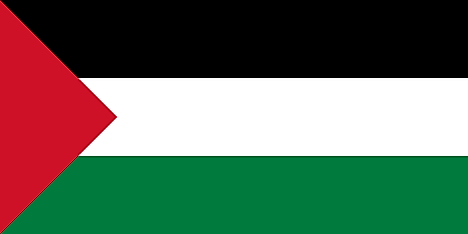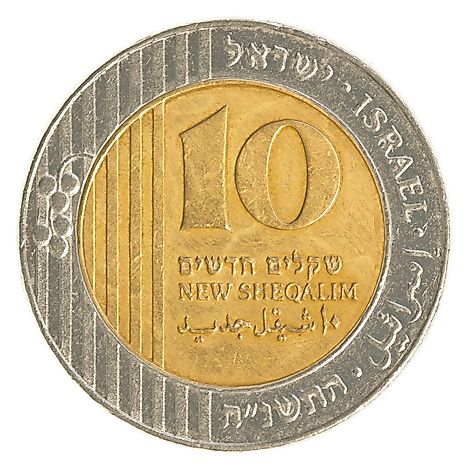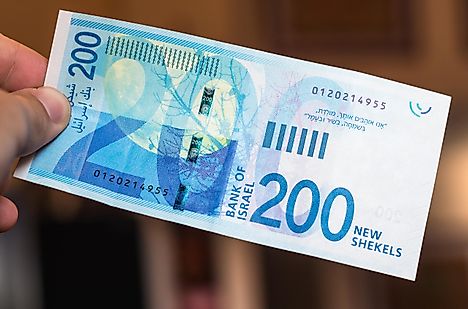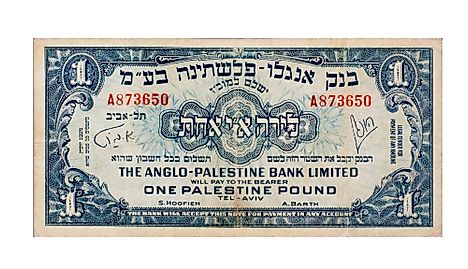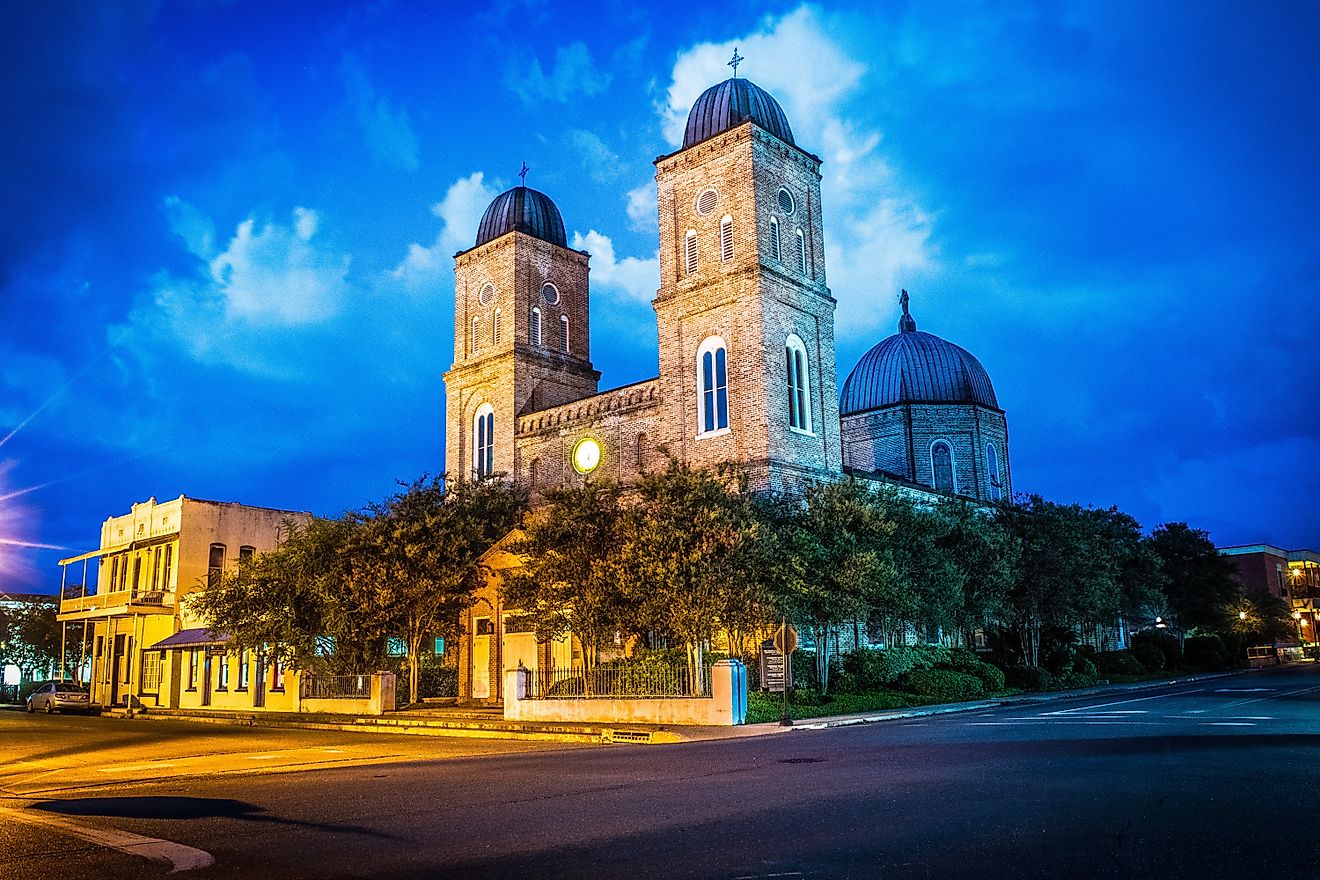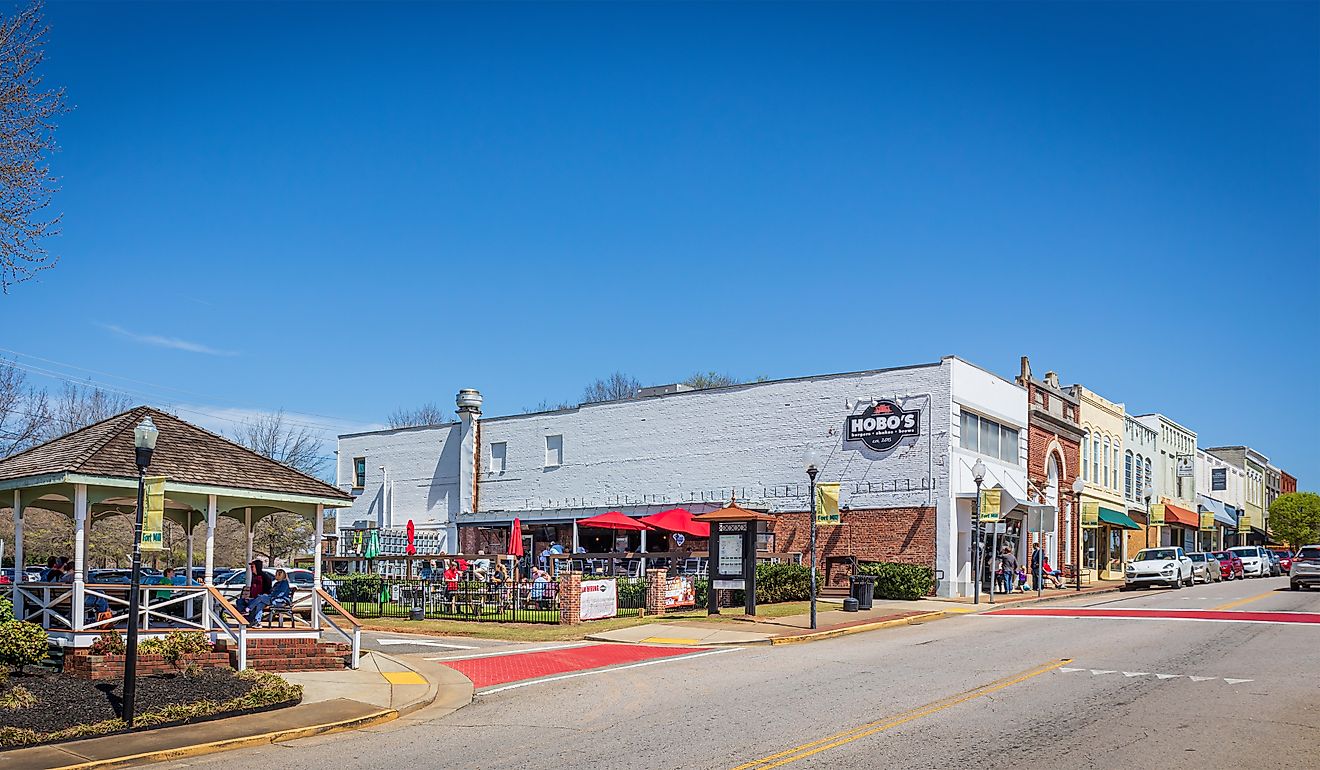Flags, Symbols & Currency of Palestine
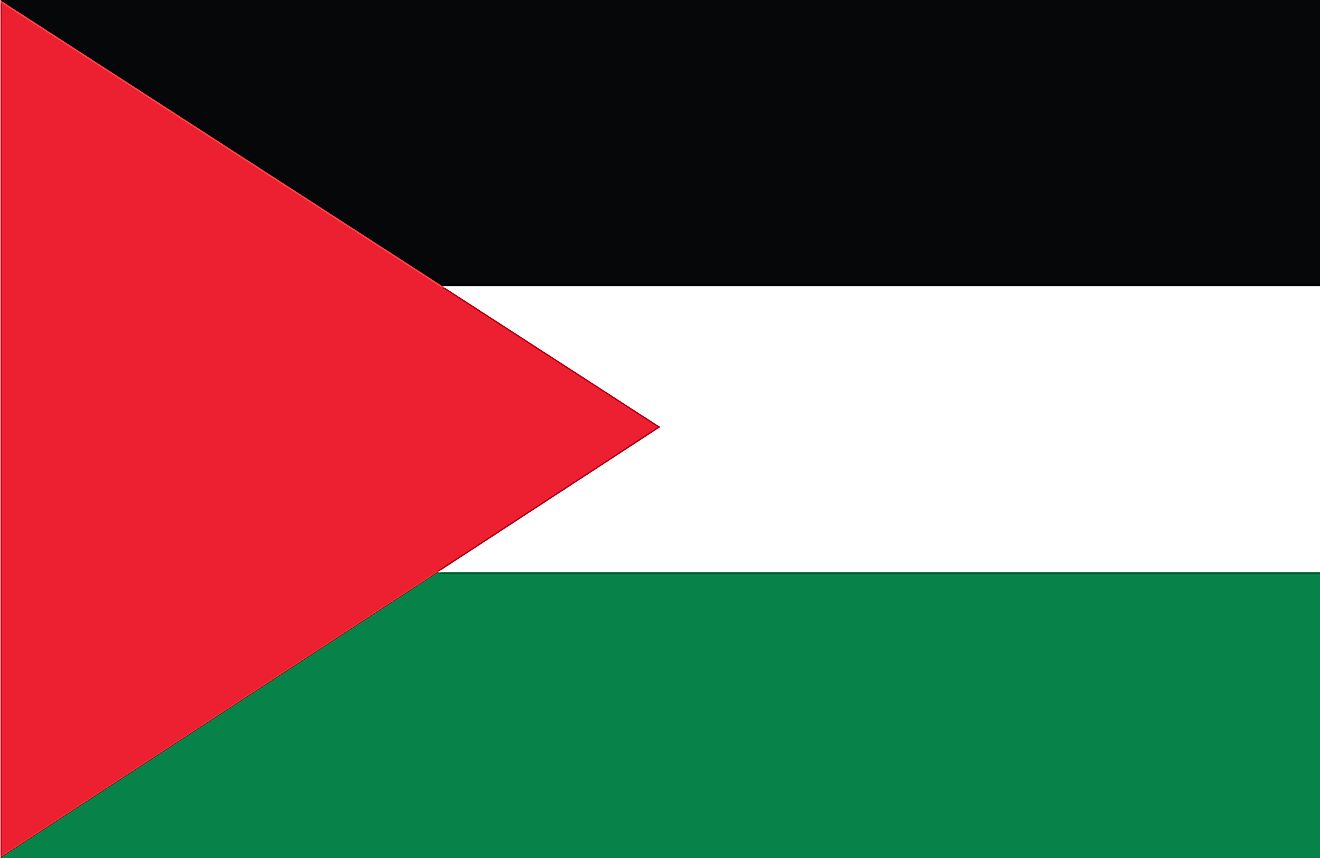
The national flag of Palestine is a tricolor of black, white, and green as horizontal bands from top to bottom respectively. A red triangle overlays the horizontal bands with its base on the hoist side of the flag. The colors represent the Pan-Arab colors that derive inspiration from the Arab Revold against Ottoman rule. The flag of Palestine closely resembles that of Jordan and Western Sahara. It was adopted on May 28, 1964 by the Palestinian Liberation Organization.
Symbols of Palestine
Palestinian Authority Passport
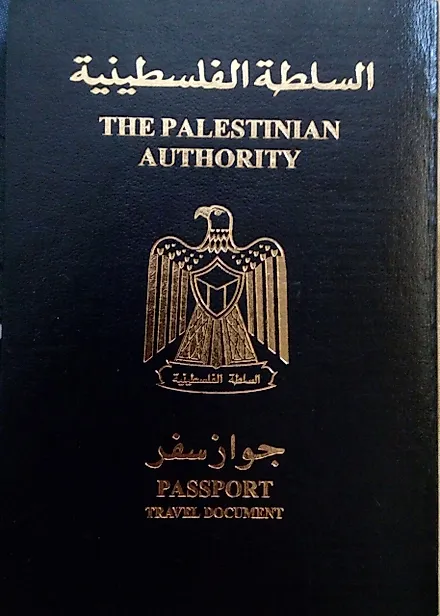
Palestine is yet to have as many official symbols as most other nations have. The flag as mentioned above and the national anthem are official symbols of the state. The Palestine sunbird has the potential to be declared the national bird of Palestine in the future. The passport of Palestine Authority, however, acts as a major symnol of Palestininan national identity for the state's residents. Traditional symbols of the region include Palestinian poppy, olive trees, cactus pear, lemons, etc.
The Palestinian Authority Passport is a travel document issued by the Palestinian Authority to residents of Palestine territories for international travel purpose. It was first issued in April 1995. Anyone with a birth certificate proving their birth in Palestine becomes eligible to receive this passport.
National Coat Of Arms Of Palestine
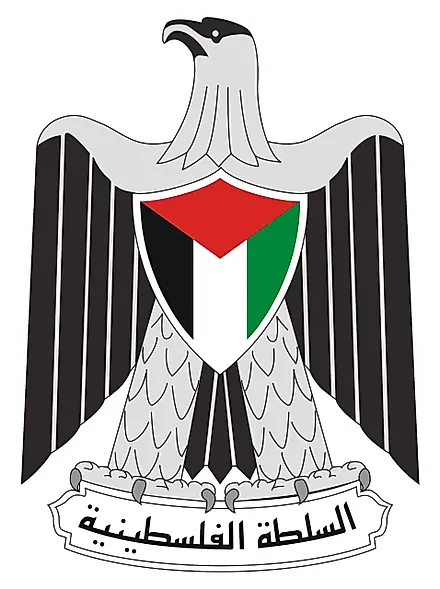
The Palestininan Coat of Arms features the Eagle of Saladin carrying a shielf with the Palestinian flag. An Aabic scroll with Arabic text "فلسطين" meaning "Palestine" lies at the base of the eagle. The emblem represents Arab victories and was used since the era of the Ayyubid state.
National Anthem
- Anthem Title: Fida'ī ("Fedayeen warrior")
- Composer: Ali Ismael
- Lyricist: Said Al Muzayin
- Year of Completion: Unspecified
- Date of Adoption: 1996
The national anthem of Palestine is called Fida'ī meaning "Fedayeen warrior" which translates to as warrior who sacrifices himself. The anthem was adopted in 1996 by the Palestinian Liberation Organization to replace the former anthem of Mawtini. Said Al Muzayin wrote the lyrics while Egyptian maestro Ali Ismael is the music composer.
Fida'ī (Arab)
فِدَائِي فِدَائِي فِدَائِي
يَا أَرْضِي يَا أَرْض الجُدُود
فِدَائِي فِدَائِي فِدَائِي
يَا شَعْبِي يَا شَعْب الخُلُود
بِعَزْمِي وَنَارِي وَبُرْكَانِ ثَأرِي
وَأَشْوَاقِ دَمِي لِأَرْضِي وَدَارِي
صَعَدْتُ الجِبَالَا وَخُضْتُ النِّضَالَا
قَهَرْتُ المُحَالَا عَبَرْتُ الحُدُود
بِعَزْمِ الرِّيَاح وَنَارِ السِّلَاح
وَإِصْرَارِ شَعْبِي بِأَرْض الكِفَاح
(فِلَسْطِينُ دَارِي فِلَسْطِينُ نَارِي)
فِلَسْطِينُ دَارِي ودرب انتصاري
فِلَسْطِينُ ثَارِي وَأَرْضِ الصُّمُود
بِحَقِّ القَسَم تَحْتَ ظِلِّ العَلَم
بِأَرْضِي وَشَعْبِي وَنَارِ الأَلَم
سَأَحْيَا فِدَائِي وَأَمْضِي فِدَائِي
وَأَقْضِي فِدَائِي إِلَى أَن تَعُود
فِدَائِي
Fedayeen Warrior
Warrior, warrior, warrior,
Oh my land, the land of the ancestors
Warrior, warrior, warrior,
Oh my people, people of eternity
With my determination, my fire and the volcano of my vendetta
With the longing in my blood for my land and my home
I have climbed the mountains and fought the wars
I have conquered the impossible, and crossed the frontiers
With the resolve of the winds and the fire of the weapons
And the determination of my nation in the land of struggle
Palestine is my home, and the path of my triumphal
(Palestine is my home, Palestine is my fire,)
Palestine is my vendetta and the land of withstanding
By the oath under the shade of the flag
By my land and nation, and the fire of pain
I will live as a warrior, I will remain a warrior,
I will die as a warrior - until my country returns
)Warrior
The Currency of Palestine is the New Israeli shekel/Jordanian dinar
Palestine uses different currencies like the New Israeli shekel (NIS) and the Jordaninan dinar. The NIS is, however, the most widely used currency in the state. 1 shekel is divided into 100 agorot. NIS banknotes are available in denominations of 200, 100, 50, and 20; NIS coins in 10, 5, and 1; and Agorot coins in 50 and 10. US dollar is also used in Palestine.
Historical Currency Of Palestine
The Palestine pound was used as the currency of the British Mandate of Palestine from November 1, 1927, to May 14, 1948. It was divided into 1000 prutot or mils.
